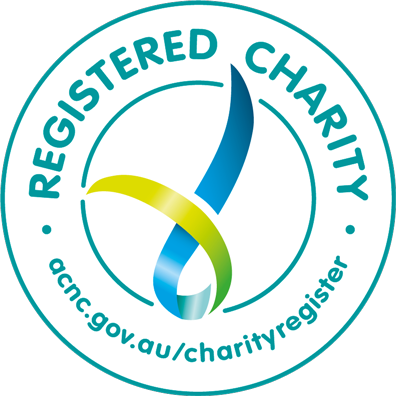Early intervention can significantly slow the progression of symptoms, improve overall quality of life, and help maintain independence for longer.
Early interventions include regular exercise, good nutrition, and being well-hydrated, as well as ensuring good sleep hygiene and taking care of mental health.
What are early intervention strategies?
Early intervention strategies for Parkinson’s disease in Australia focus on slowing the progression of symptoms, improving quality of life, and maintaining independence for as long as possible. Here are some key strategies:
Exercise
Regular physical activity is crucial for managing Parkinson’s disease. Exercise can help improve mobility, balance, and overall well-being. Activities such as walking, swimming, yoga, and tai chi are often recommended.
Nutrition & hydration
A balanced diet rich in fruits, vegetables, whole grains, and lean proteins can support overall health. Staying well-hydrated is also important.
Sleep hygiene
Good sleep hygiene involves maintaining a regular sleep schedule, creating a comfortable sleep environment, and avoiding stimulants like caffeine and electronics before bedtime.
Mental wellbeing
Managing stress and maintaining mental health are essential. Techniques such as mindfulness, meditation, and counseling can be beneficial.
Medication management
Taking medications on time and as prescribed is vital for managing symptoms effectively. Working closely with healthcare providers to adjust medications as needed is important.
Support networks
Joining support groups and connecting with others who have Parkinson’s can provide emotional support and practical advice.
Education and awareness
Staying informed about Parkinson’s and its management can empower you to take an active role in your care.
NDIS support for early intervention
If you are 65 or under and have Parkinson’s, section 25 of the Act includes early intervention for Parkinson’s. This can include seeking allied health services and core supports.
Multidisciplinary care team
Your care team should include: Occupational Therapist, Physiotherapist, Speech Pathologist, Podiatrist, Exercise Physiologist, Social Worker,… and more depending on your individual symptoms.
What are benefits of early intervention strategies?
Treating Parkinson’s with early intervention offers several compelling benefits:
- While there is currently no cure, some interventions—like regular exercise and certain medications—may slow the progression of symptoms, preserving motor and cognitive functions for a longer period.
- By addressing both motor and non-motor symptoms early (e.g., sleep issues, depression, and anxiety), individuals can maintain a better quality of life and independence.
- Early treatment helps manage symptoms like balance issues, which can reduce the risk of falls and associated injuries.
- Parkinson’s symptoms tend to become more complex over time. Starting therapies early ensures that interventions are more effective and tailored to individual needs.
- Early recognition and management of mood disorders such as depression and anxiety can improve emotional well-being and resilience.
- Early intervention allows time for individuals and families to adapt, develop a long-term care plan, and explore available resources and support networks.
- Non-pharmaceutical approaches, such as exercise and cognitive training, can bolster neuroplasticity, which supports the brain’s ability to adapt and reorganise.
Ultimately, early intervention empowers people living with Parkinson’s to take control of their condition, enabling them to lead fulfilling lives even as they manage Parkinson’s.
Infosheet under review
References
- Murman, D. L. (2012). Early treatment of Parkinson’s disease: Opportunities for managed care. American Journal of Managed Care, 18 (7 Suppl), S183-S188.
- RACGP. (2021). Diagnosis and management of Parkinson’s. Australian Journal of General Practice, 50 (11). Retrieved from [RACGP](https://www1.racgp.org.au/ajgp/2021/november/diagnosis-and-management-of-parkinsons)


